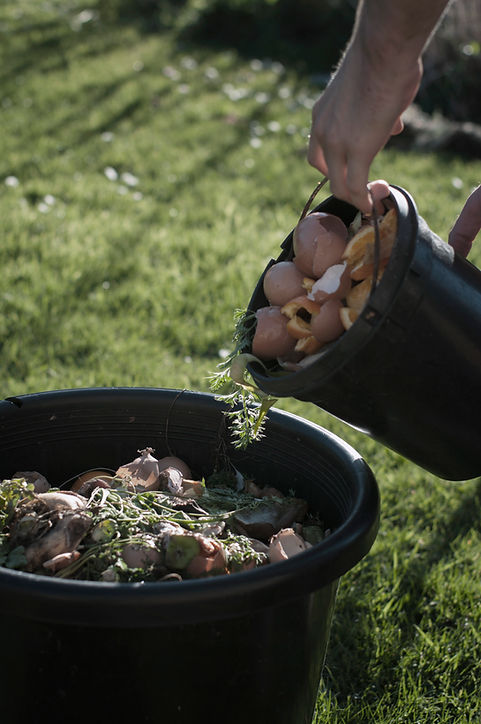
WORM COMPOSTING
Science Behind the Experiment
What happens during the experiment?
As you add the kitchen scraps to the worm bin, the red worms actively consume the organic waste. They break down the food matter, digesting it with the help of microorganisms in their gut. Over time, the worms transform the waste into nutrient-rich vermicompost, a dark, crumbly, and earthy-smelling soil amendment.
What are the benefits of worm composting?
Worm composting offers numerous benefits. It reduces organic waste sent to landfills, helping to decrease greenhouse gas emissions. Additionally, the vermicompost produced is a valuable and natural fertilizer, enriching soil with essential nutrients and improving plant growth.
How do worms contribute to the composting process?
Worms play a pivotal role in composting by accelerating the decomposition of organic matter. They break down the waste into smaller particles, providing more surface area for beneficial microorganisms to work on. Their casts (excrement) are rich in nutrients, enhancing the quality of the final compost.
What can you learn from the Worm Composting Experiment?
The experiment provides valuable insights into the natural process of decomposition and the symbiotic relationship between worms and microorganisms. It also highlights the importance of sustainable waste management and how composting contributes to a healthier environment.
What You Will Learn
In our Worm Composting adventure, we'll create a special home for red worms and feed them with fruit and vegetable scraps. The incredible part is that these worms will transform the scraps into something wonderful called compost!
Supplies
-
Large plastic container or wooden box with lid
-
Drill
-
Shredded newspaper/cardboard
-
Red worms
-
Fruit and veggie scraps
Image Coming Soon
Steps
Step 1
Find a suitable container to create your worm composting bin. It can be a large plastic container or a wooden box with a lid. Drill some small holes in the lid and on the sides for ventilation. Line the bottom of the bin with a layer of shredded newspaper or cardboard as bedding for the worms.
Step 2
Purchase red worms from a gardening store or online. Place the red worms on top of the bedding in the composting bin.
Image Coming Soon
Image Coming Soon
Step 3
Feed the worms with fruit and vegetable scraps. Bury the food scraps slightly under the bedding to prevent any unpleasant smells.
Image Coming Soon
Step 4
Close the lid of the composting bin and keep it in a cool, shady place. Check on the worms regularly to see how they munch on the food scraps!